Irrigation bags, often called “tree gators,” are durable plastic bags used for irrigating newly planted trees. These projects have been discussed here and here and I still don’t like them as they don’t consistently benefit trees and often create conditions conducive to pests and disease. Plus, as the blog title suggests, their aesthetic attributes are nonexistent.

Newly installed trees and shrubs generally need to have supplemental water, period. It doesn’t matter if they are “drought tolerant” species – any plant needs sufficient water to establish roots. And where automated irrigation systems aren’t possible, there are many products that promise to deliver water to the establishing root system. Unfortunately, they often deliver other things as well, including pests, disease, and early death.
To be fair, many time these trees die because they were poorly planted: we know that improperly amended soils, structurally compromised root systems, inadequate root preparation, and/or poor installation are the leading causes of young tree failure. But anything that covers the trunks of young trees and reduces air flow and light exposure will, over time, create a dark, moist, and reduced oxygen environment that’s damaging to the bark of young trees. Wet, damaged bark allows opportunistic pests and pathogens to invade.
Until a few weeks ago, I had not seen any irrigation bags that I actually thought might work. These bags are installed on stakes away from the tree trunks, and they deliver water to the area where tree roots need to grow, enhancing root establishment. It took a trip to Malmö, Sweden to see this innovative approach and my immediate reaction was “why hasn’t anyone thought of this before?”
There are many types of irrigation bags, from sleeves to donuts, but none of them are as good for tree or soil health as a thick layer of arborist wood chips. When wood chips can’t be used for some reason, irrigation bags set well away from the tree and actually kept full of water might be a good solution.


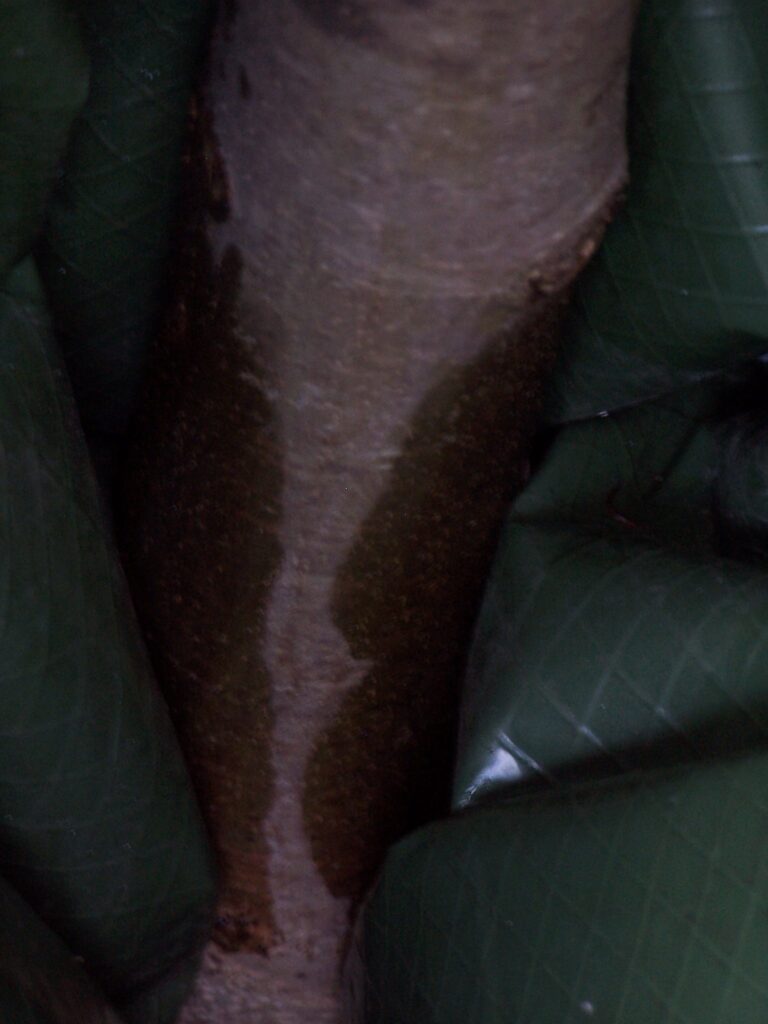
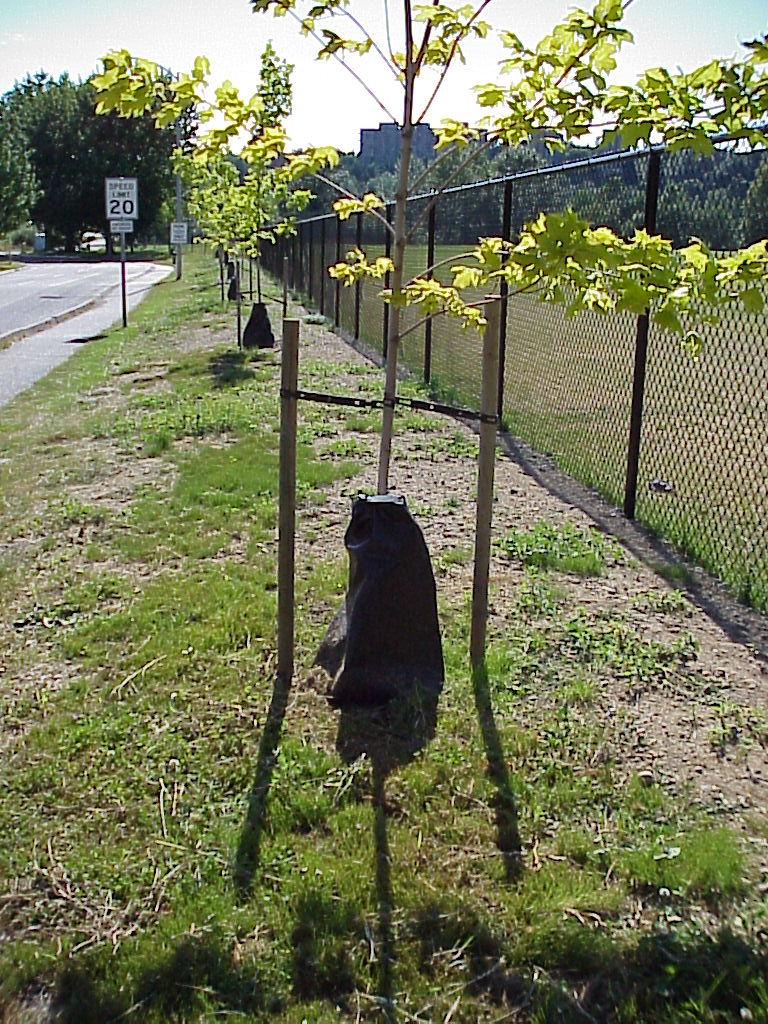
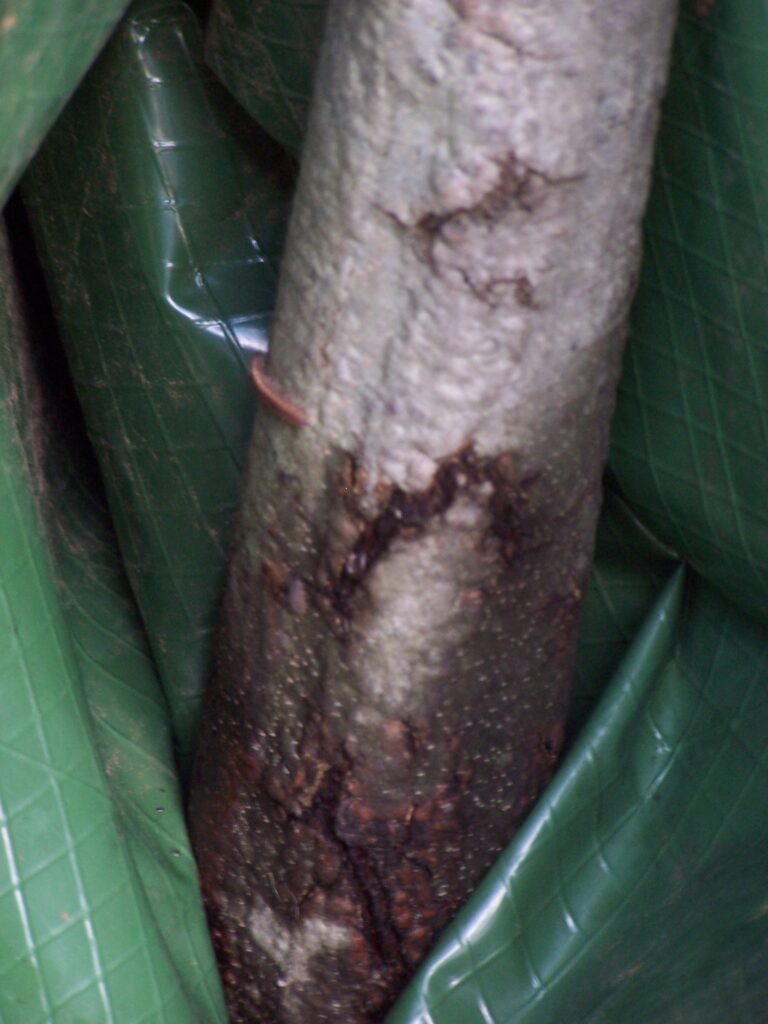
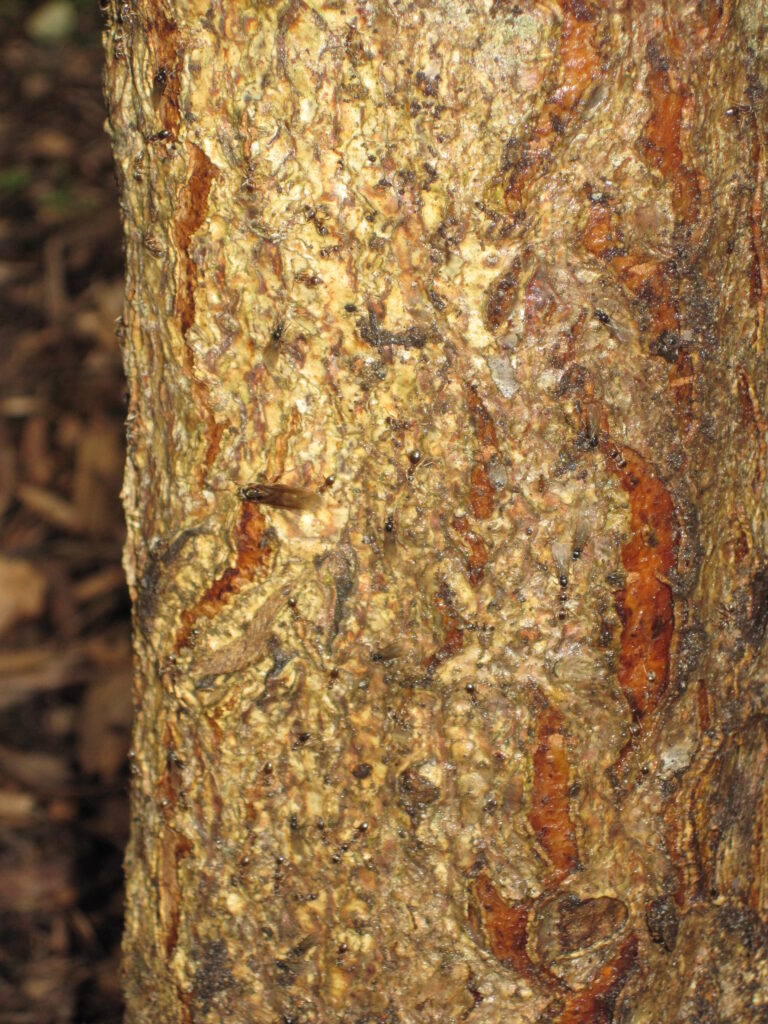
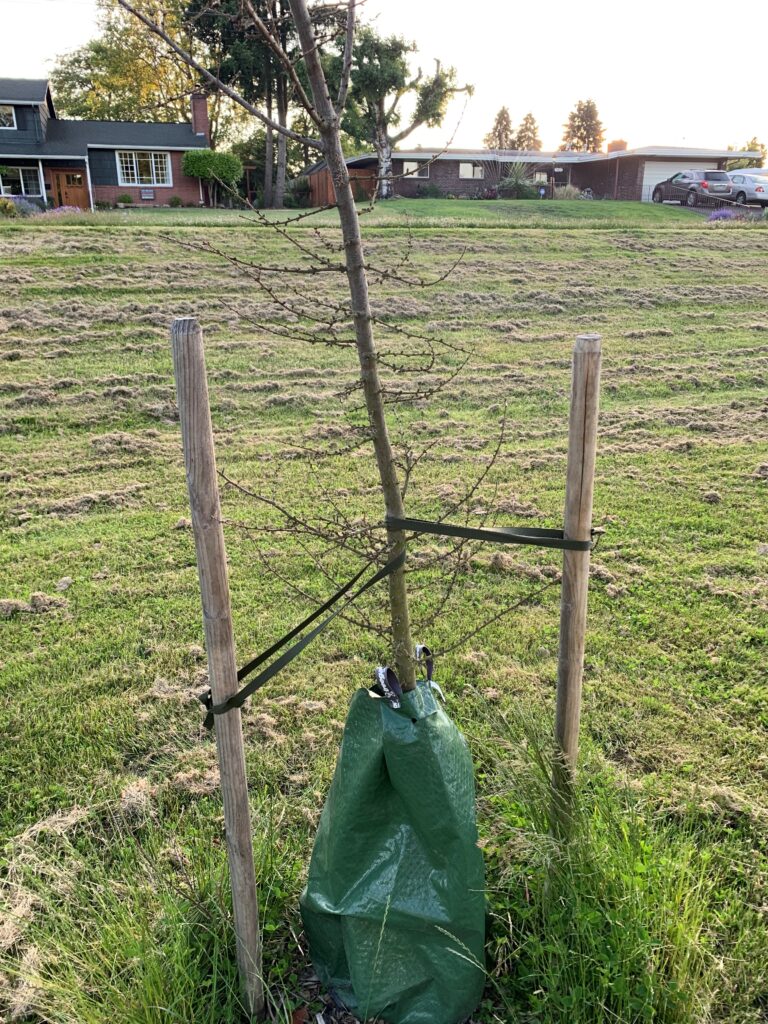
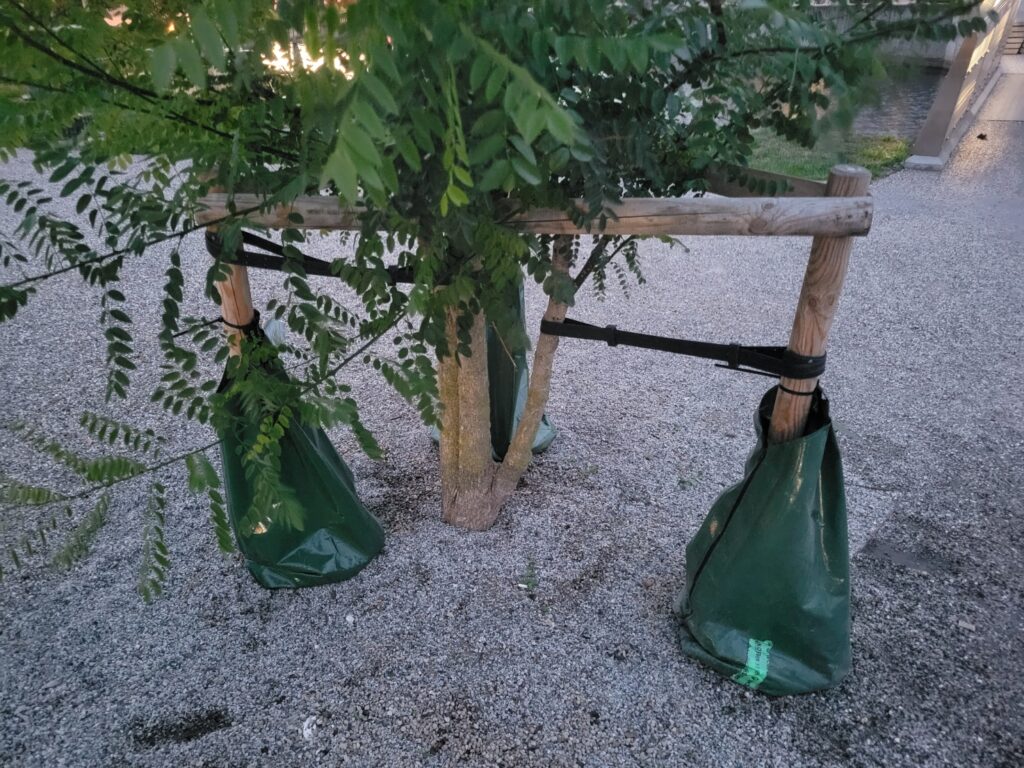

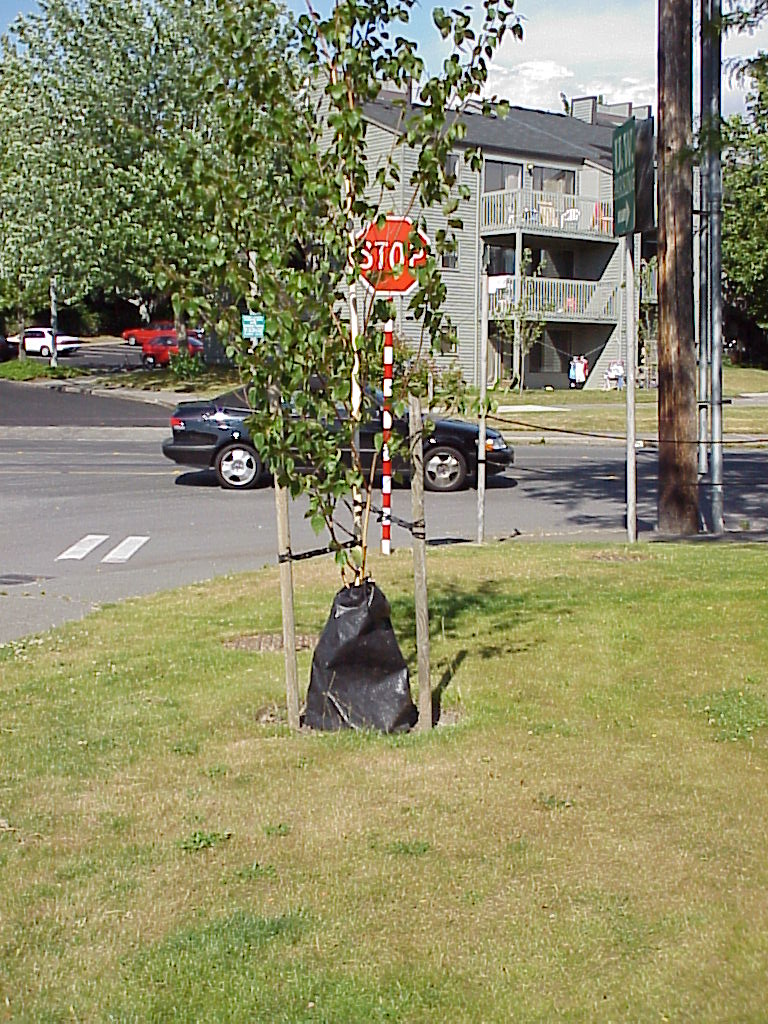
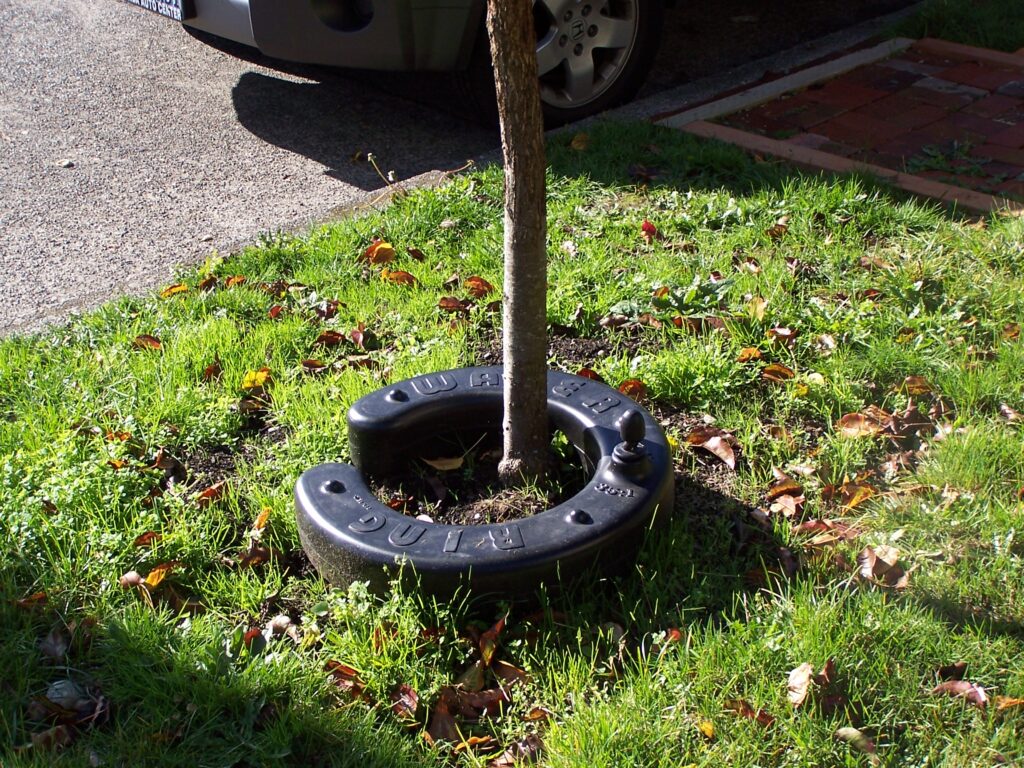
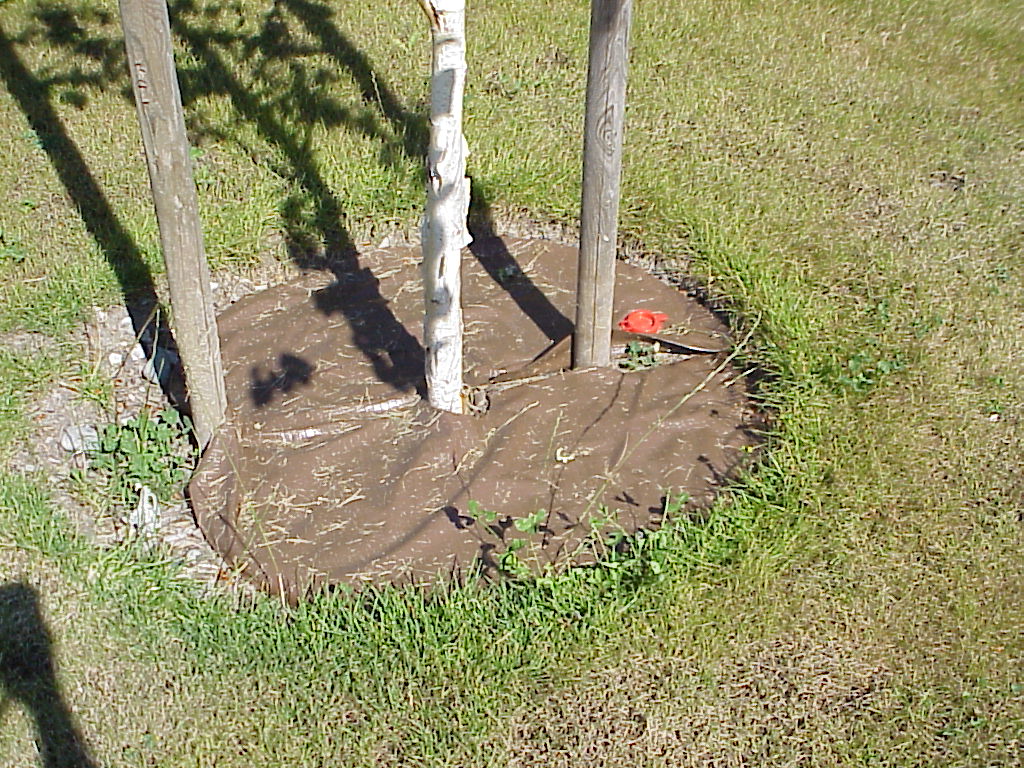
Dr. Chalker-Scott, I just discovered garden professors. Great articles! It’s a full time job wading through all the misinformation on gardening. I have used your search engine in an attempt to find what does work to deter or kill fire ants. Directions please!
Victoria
Hi Victoria –
Glad you found us! We don’t have any posts on fire ants, so I suggest you look for Extension publications from southern states. Simply use google to search for [“fire ants” site:.edu]. Be sure to type that string in exactly (without the brackets of course).
Agreed the bags are useless never seen them filled with water or one that was filled with water. They keep the trunk moist and susceptible to rot. Not a help but a hindrance. Trees need to be watered not with bags.
Our HOA installed bags on all street trees in our fairly new develpment. I have removed the two on trees I’m responsible for, and my neighbor has 5 that he has removed. I am of course watering the trees on a regular basis during the dry season, and they are covered by coir chips. Sadly the HOA is trying to enforce people to use them. They are ugly besides the issues with tree health.
The town planted a maple tree on my boulevard 3 years ago. I used a tree bag weekly. Once the bag was empty I removed it. Put it on again the next week. We haven’t received much rain in the past two summers and the bag kept the tree wet. My tree has done really well. Much better than other trees that were planted at the same time on other streets.
My new saying is … Don’t stress it Wet it.
This might be the Golden Path to help young trees to establish!
I planted a beautiful sugar maple and thought I was being a good tree parent by keeping its watering bag full. Alas, today I unzipped the bag only to find split and peeling bark. I may have killed my tree.